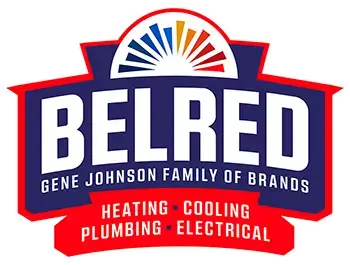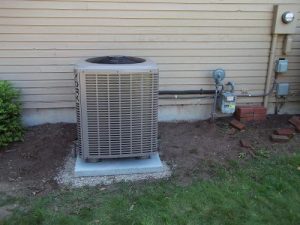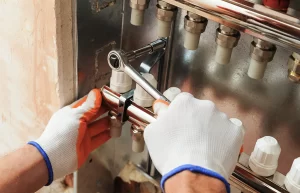Electric generators can be saviors during power outages—especially when things start to cool down outside like they are right now and into the winter. They can keep the heat and lights on, keep food from going bad, provide a sense of comfort and ease and so much more. However, it’s important to know that the operation of these units shouldn’t be handled by anyone who doesn’t know the proper safety precautions that go along with running a generator.
In one of our recent blog posts, we mentioned the importance of making sure your backup electric generator is in proper working order before the cold winter months arrive. This preparation should include many safety items to cross of the list as well.
According to the US Consumer Product Safety commission, electric generators are one of the biggest culprits when it comes to non-fire related CO (carbon monoxide) deaths and injuries in homes and apartments. Some studies even suggest that these units cause more CO related harm than furnaces, water heaters and ovens combined.
There’s a long list of items that owners of electric generators should keep in mind before, during and after using this equipment—all of which should be carefully read and understood from the generator’s owner’s manual. But, we thought we’d share a few tips on the blog to keep in mind on this topic.
- Keep electric generators a safe distance away from your house. Generators should always be kept outside at least 20 feet from any space in which people live or spend a lot of time. This safe distance prevents inhalation of this harmful, odorless gas and can prevent other accidents associated with generators.
- Never place a running generator inside an enclosed space. While it may seem like common sense to avoid, many electric generator owners leave this equipment in enclosed areas such as garages and sheds while running. Even if doors are open in these enclosures, CO from the generators can build up quickly air and cause a great deal of harm, or worse.
- Make sure your CO detector is on and working. Whenever you find yourself in need of an electric generator, it’s a good idea to make it a habit to test your home’s carbon monoxide detectors before use. Even if you’re sure it’s in proper working order, a simple double-check test can’t hurt.
- Hire a professional electrician or contractor to install it correctly. Professionals, such as our team at BelRed, have a high level of training when it comes to these types of home safety issues. Aside from risks of carbon monoxide poisoning, electric generator installation comes with risks of electrocution. Make sure your generator is properly installed if it’s hooked up to a permanent power source for your home.
We hope you’re able to avoid major power outages, but unfortunately that’s next to impossible over a long period of time. It’s always good to be prepared with equipment like electric generators. It’s even better to make sure you’re properly prepared to use them.







